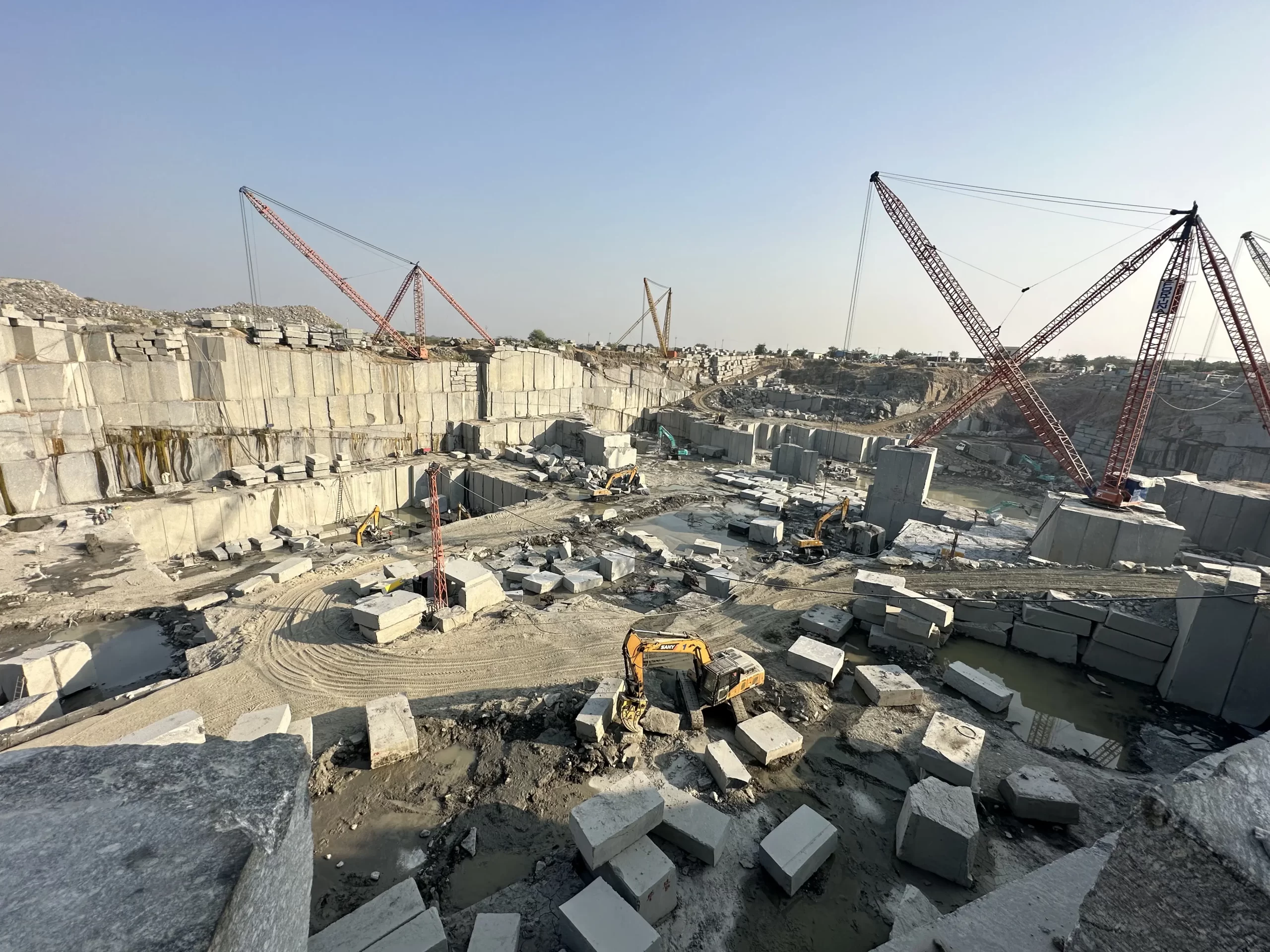A Journey Via Granite Quarries in South Africa: Unveiling Nature's Virtuosity
A Journey Via Granite Quarries in South Africa: Unveiling Nature's Virtuosity
Blog Article
Unveiling the Mysteries of Granite Quarrying: Where Stamina and Style Meet
The globe of granite quarrying is a realm where the raw stamina of nature merges with human creativity to produce structures that stand the examination of time with an air of elegance. From the midsts of quarries to the meticulous sprucing up in workshops, the process of changing granite right into architectural marvels is a complex dance of tradition and innovation. As we peer into the midsts of this old craft, we start to reveal the concealed intricacies that form the extremely essence of our constructed environment.
The Origins of Granite Quarrying
In the annals of architectural background, the beginnings of granite quarrying are shrouded in a tapestry of ancient craftsmanship and geological marvels. Going back to old Egypt and Mesopotamia, the removal of granite from quarries marked the start of a trip that would at some point bring about the development of a few of the globe's most renowned structures.
Granite quarrying's roots can be traced to the proficient craftsmens that recognized the rock's resilience and aesthetic charm. Via a combination of primitive tools and large determination, these very early quarry employees uncovered granite blocks that would certainly end up being the foundation of worlds.
As people progressed, so did the techniques of quarrying granite. The Romans, renowned for their engineering prowess, developed sophisticated methods for extracting granite to build monoliths, temples, and roads that stood the test of time.
The heritage of these ancient quarrying techniques remains to shape contemporary architecture, with granite continuing to be a symbol of toughness and beauty in building and construction jobs around the world. (granite quarries in south africa)
Devices of the Quarrying Profession
The development of granite quarrying methods from ancient people to modern-day times highlights the important role played by the tools of the quarrying sell forming the industry's methods. In old times, quarrying tools were simple, commonly containing chisels, hammers, and wedges made from products like bronze or iron. These devices required substantial workforce and time to remove granite blocks from quarries.

Additionally, the introduction of pneumatically-driven tools and high-powered machinery has considerably lowered the physical labor required in quarrying procedures, improving worker safety and efficiency. As the quarrying sector remains to innovate, the tools of the trade remain at the leading edge of driving progress and shaping the future of granite extraction.
Removing Blocks of Granite
Making use of accuracy machinery and advanced strategies, anchor the extraction of granite obstructs from quarries has actually become an innovative process in the modern-day quarrying market. The initial action involves recognizing the area and dimension of the granite deposit to determine one of the most efficient removal method. As soon as an ideal site is selected, the extraction process starts with the boring of holes for the positioning of explosives. Controlled blowing up methods are then employed to break apart the granite into workable sections.

Polishing and Ending Up Techniques
To accomplish a flawless surface on granite blocks, knowledgeable artisans use a series of careful polishing and finishing strategies. After the first extraction and forming processes, the granite blocks go through a detailed polishing stage to improve their natural beauty and durability. One typical method used in brightening granite is diamond abrasion, where commercial rubies are made use of to grind and brighten the rock to a smooth finish. This process not only produces a lustrous surface area yet also guarantees harmony in color and structure throughout the granite block.
In addition to polishing, ending up methods are related to further refine the granite's appearance. These methods may include flaming, developing, or brushing, each offering distinct appearances and coatings to fit various aesthetic preferences. Flaming, for example, entails subjecting the granite surface try these out area to high temperatures to create a rough, textured surface, perfect for outside applications where slip-resistance is essential. Refining, on the other hand, gives a matte coating that is smooth to the touch, excellent for interior countertops and floor covering. By carefully picking and applying these polishing and finishing strategies, artisans can transform raw granite blocks into splendid pieces that showcase both stamina and style.

Ecological Effect and Sustainability
With the expanding focus on ecological consciousness in the market, granite quarrying practices are progressively looked at for their influence on natural deposits and long-lasting sustainability. Quarrying for granite can have considerable environmental effects. The extraction procedure often entails using heavy equipment, explosives, and big quantities of water, resulting in habitat devastation, soil erosion, and water air pollution. Additionally, the transportation of granite from quarries to refining centers creates carbon emissions, better adding to environmental degradation. granite quarries in south africa.
To minimize these impacts and make certain sustainability in granite quarrying, sector stakeholders are taking on various steps. Implementing sophisticated technologies to decrease power usage and water usage, redeeming quarried land for eco-friendly reconstruction, and promoting responsible sourcing techniques are some strategies being used. Accreditations such as the Woodland Stewardship Council (FSC) and the Leadership in Power and Environmental Layout (LEED) help customers identify ecologically pleasant granite items.
Final Thought
To conclude, granite quarrying is a procedure that calls for specialized tools and strategies to remove blocks of granite and polish them to a high degree of finish. While the ecological impact of quarrying can be considerable, initiatives are being made to boost sustainability practices in the sector. On the whole, granite quarrying is a fragile balance in between taking advantage of the stamina and elegance of this all-natural rock while decreasing its effect on the Resources atmosphere.
Report this page